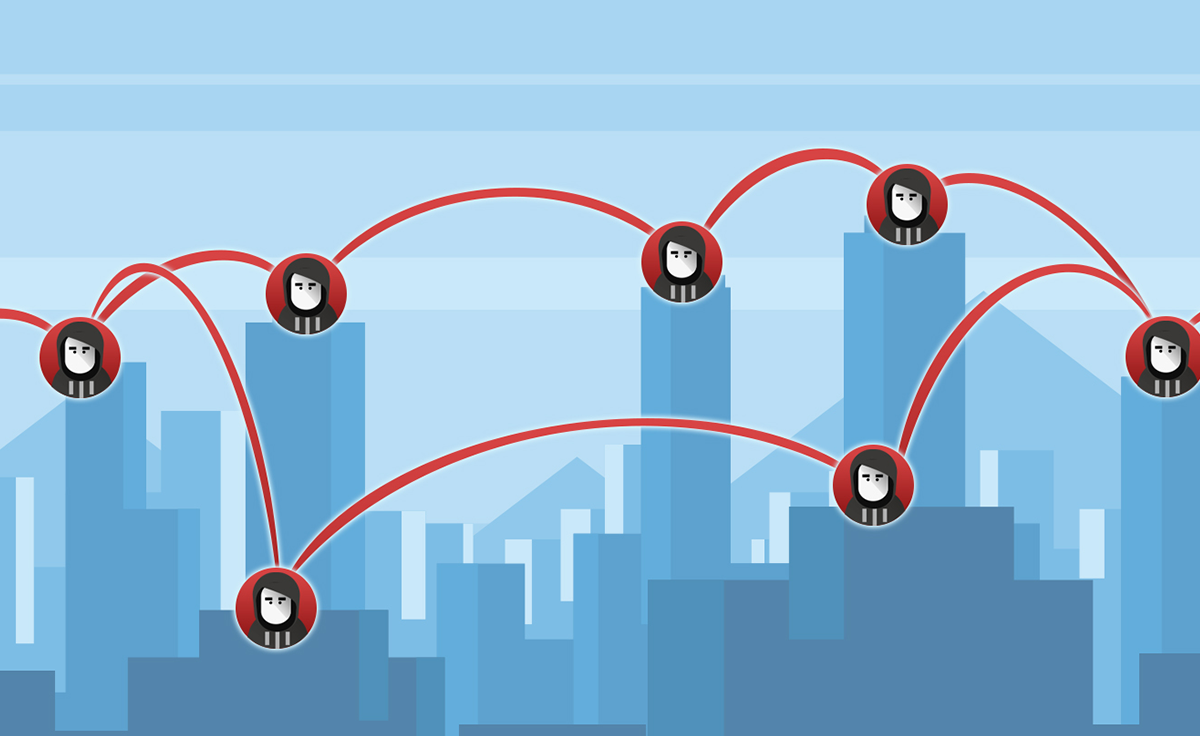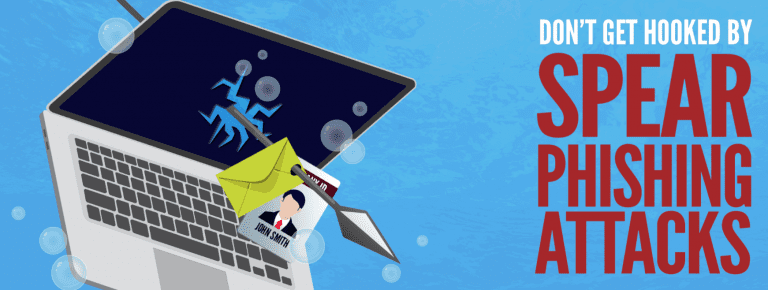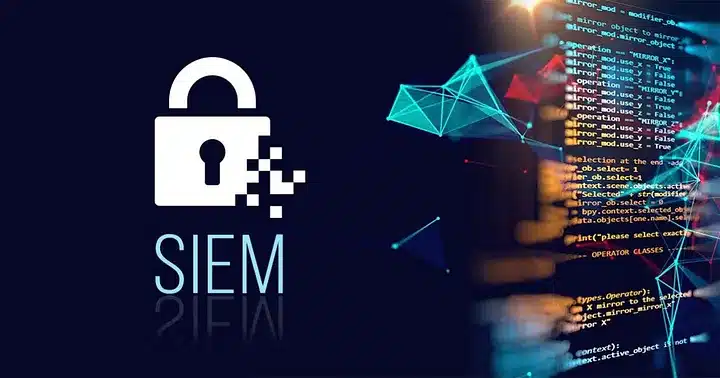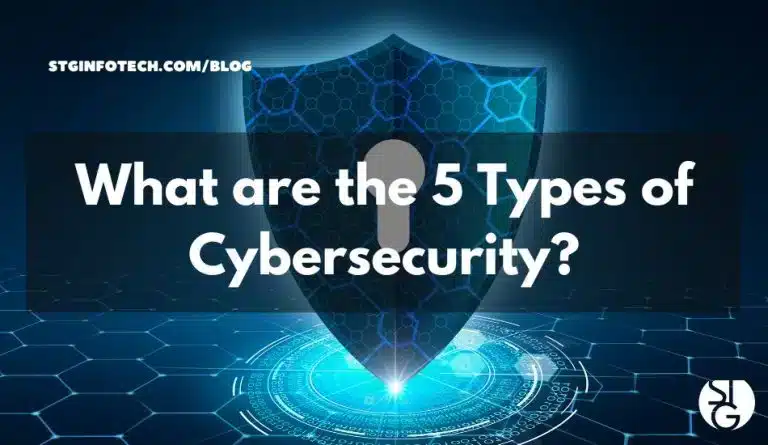What Is Island Hopping?
Island hopping in cybersecurity is a sophisticated attack strategy where cybercriminals target and compromise third-party organizations to gain access to their ultimate target. Rather than attempting a direct assault on a heavily fortified primary target, attackers exploit the weaker security postures of connected partners, vendors, or suppliers who have trusted access to the main target’s systems.
This approach leverages the interconnected nature of modern business ecosystems, where organizations rely heavily on networks of partners, contractors, and service providers. These relationships often involve sharing access to systems, data, or network resources, creating potential pathways for attackers to exploit.
The Military Origins
The term “island hopping” originates from a World War II military strategy employed by Allied forces in the Pacific Theater against Japanese-held territories. Instead of attacking every fortified Japanese island directly, Allied commanders identified strategically important but less defended islands that could serve as stepping stones toward their ultimate objectives. Once captured, these islands became launching points for subsequent attacks, allowing forces to gradually advance toward heavily defended targets while bypassing the strongest fortifications.
This military analogy perfectly captures the essence of the cybersecurity attack method: attackers identify and compromise less secure “islands” in a business network ecosystem to eventually reach their primary, well-defended target.
How Island Hopping Attacks Work
Phase 1: Reconnaissance and Target Selection
Attackers begin by mapping the target organization’s business ecosystem, identifying partners, vendors, contractors, and service providers who have some level of access to the primary target’s systems or data. They look for organizations that:
- Have weaker cybersecurity defenses compared to the primary target
- Maintain trusted relationships with the primary target
- Possess legitimate access credentials or network connections
- Handle sensitive data or have privileged system access
- May be smaller companies with limited security budgets and resources
Phase 2: Initial Compromise
Once a vulnerable third party is identified, attackers focus their efforts on compromising this intermediary organization. Common attack vectors include:
Email-based Attacks: Phishing campaigns targeting employees of the third-party organization to steal credentials or install malware.
Software Vulnerabilities: Exploiting unpatched systems, outdated software, or known security flaws in the third party’s infrastructure.
Social Engineering: Manipulating employees through phone calls, impersonation, or other psychological tactics to gain access to systems or information.
Weak Authentication: Taking advantage of poor password practices, lack of multi-factor authentication, or inadequate access controls.
Phase 3: Establishing Persistence
After gaining initial access to the third-party organization, attackers work to establish persistent access by:
- Installing backdoors or remote access tools
- Creating legitimate-looking user accounts
- Modifying system configurations to maintain access
- Moving laterally within the compromised organization’s network
- Gathering intelligence about the relationship with the primary target
Phase 4: Lateral Movement to Primary Target
With a foothold established in the third-party organization, attackers leverage the trusted relationship to access the primary target’s systems. This can occur through:
Credential Theft: Stealing legitimate credentials used by the third party to access the primary target’s systems.
Supply Chain Infiltration: Injecting malicious code into software or hardware that the third party provides to the primary target.
Network Access: Using established network connections between the organizations to move laterally into the primary target’s infrastructure.
Data Exfiltration: Accessing sensitive data shared between the organizations or using the third party’s access privileges to gather intelligence.
Phase 5: Achieving Primary Objectives
Once inside the primary target’s environment, attackers can pursue their ultimate goals, which may include:
- Stealing intellectual property or sensitive customer data
- Installing ransomware for financial gain
- Conducting espionage for competitive or national security purposes
- Disrupting business operations
- Using the compromised environment to launch attacks against the primary target’s customers
Why Island Hopping Is So Effective
Security Disparity
Large organizations typically invest heavily in cybersecurity infrastructure, employing dedicated security teams, advanced threat detection systems, and comprehensive security policies. In contrast, smaller partners or vendors may lack the resources to implement equivalent security measures, creating a significant security disparity that attackers can exploit.
Trusted Relationships
Business partnerships involve inherent trust relationships that often translate into reduced security scrutiny. Organizations may apply less stringent security controls to partners they trust, creating opportunities for attackers who have compromised those partners.
Expanded Attack Surface
The interconnected nature of modern business increases the overall attack surface. Each additional partner, vendor, or service provider represents a potential entry point into an organization’s systems, multiplying the number of vectors attackers can exploit.
Bypass of Perimeter Defenses
Traditional security models focus heavily on perimeter defense – protecting the boundary between internal systems and external threats. Island hopping attacks effectively bypass these perimeter defenses by using legitimate, trusted connections to gain internal access.
Delayed Detection
Because the initial compromise occurs at a third party, the primary target may not detect the attack until significant damage has already been done. The attack appears to come from a trusted source, potentially evading security monitoring systems designed to detect external threats.
Notable Real-World Examples
SolarWinds Attack (2020)
The SolarWinds attack represents one of the most significant island hopping attacks in history. Russian state-sponsored hackers compromised SolarWinds, a major IT management software provider, and inserted malicious code into software updates. When SolarWinds customers installed these updates, the malware provided attackers with access to thousands of organizations, including major corporations and government agencies.
Target Data Breach (2013)
Attackers gained access to Target’s network by first compromising Fazio Mechanical Services, a small HVAC contractor that provided services to Target stores. The attackers used stolen credentials from Fazio to access Target’s network, ultimately stealing credit card information from over 40 million customers.
Kaseya Ransomware Attack (2021)
The REvil ransomware group compromised Kaseya, a managed service provider (MSP), and used the company’s remote monitoring and management software to deploy ransomware to hundreds of Kaseya’s downstream customers. This single compromise affected over 1,000 companies worldwide.
CCleaner Attack (2017)
Hackers compromised Avast’s CCleaner software and inserted malicious code into legitimate software updates. The compromised software was downloaded by millions of users, but the attackers specifically targeted technology companies, using the mass infection as a cover for more focused attacks on their real targets.
Defense Strategies Against Island Hopping
Supply Chain Risk Management
Organizations should implement comprehensive supply chain risk management programs that include:
Vendor Security Assessments: Regularly evaluate the security postures of partners, vendors, and service providers.
Security Requirements: Establish minimum security standards that all third parties must meet before gaining access to systems or data.
Contractual Security Obligations: Include specific cybersecurity requirements and responsibilities in contracts with third parties.
Continuous Monitoring: Implement ongoing monitoring of third-party security practices rather than relying solely on point-in-time assessments.
Zero Trust Architecture
Adopt a zero trust security model that:
- Never automatically trusts any user, device, or system, regardless of location or relationship
- Continuously verifies identity and device security before granting access
- Applies least-privilege access principles to limit potential damage from compromised accounts
- Monitors all network traffic and user behavior for anomalies
Network Segmentation
Implement robust network segmentation to:
- Limit the ability of attackers to move laterally within networks
- Create security boundaries between different business functions
- Isolate third-party access to specific network segments
- Contain potential breaches to minimize impact
Enhanced Monitoring and Detection
Deploy advanced security monitoring capabilities that can:
- Detect unusual access patterns or behaviors from third-party connections
- Monitor for indicators of compromise across the entire business ecosystem
- Correlate security events across multiple organizations and systems
- Provide rapid incident response capabilities
Multi-Factor Authentication
Require multi-factor authentication for:
- All third-party access to internal systems
- Administrative accounts and privileged access
- Remote access connections
- Critical business applications and data repositories
The Evolving Threat Landscape
Island hopping attacks continue to evolve as cybercriminals develop more sophisticated techniques and as business ecosystems become increasingly interconnected. Several trends are making these attacks more prevalent and dangerous:
Cloud Infrastructure Complexity
The widespread adoption of cloud services creates complex, interconnected environments where traditional security boundaries become blurred. Organizations often share cloud resources, creating new opportunities for island hopping attacks.
Remote Work Expansion
The shift toward remote work has expanded the attack surface and created new third-party relationships with technology providers, increasing opportunities for island hopping attacks.
Internet of Things (IoT) Proliferation
The growing number of connected devices in business environments creates additional entry points that attackers can exploit to move between organizations.
Artificial Intelligence and Automation
Attackers are increasingly using AI and automation to scale their reconnaissance efforts, identify vulnerable third parties more efficiently, and execute more sophisticated attack campaigns.
Island hopping represents a fundamental shift in how cybercriminals approach high-value targets. By exploiting the weakest links in business ecosystems rather than attempting direct attacks on well-defended targets, attackers can achieve their objectives with greater efficiency and stealth.
Organizations must recognize that their security is only as strong as their weakest partner and implement comprehensive strategies that address third-party risks. This requires moving beyond traditional perimeter-focused security models toward more holistic approaches that consider the entire business ecosystem.
Ready to Get Started?
Let’s dive into your IT!
Schedule a free 15-minute Virtual Meeting with a Business Technology Specialist of STG Infotech and get a closer look into your IT challenges.
We will assess your current IT infrastructure and answer any questions you may have about IT Services or partnering with STG IT.




